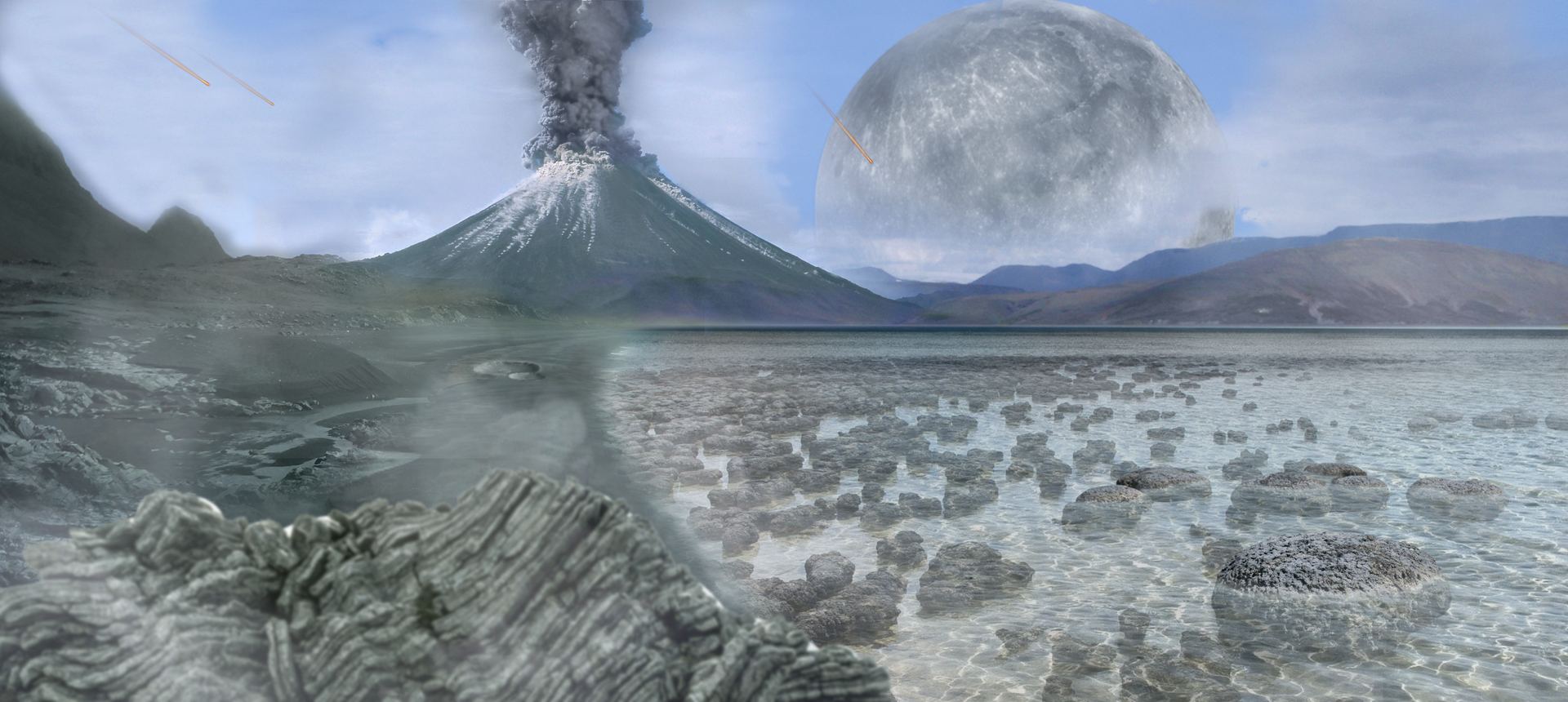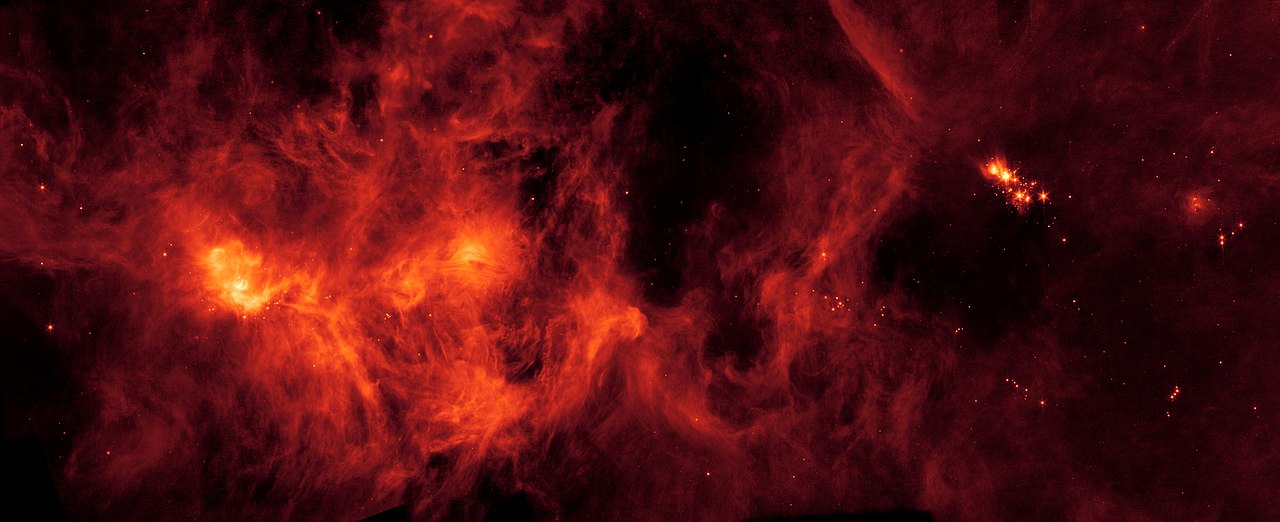How common are Earth-like exoplanets—also called exo-Earths—and which exoplanetary systems should we target to find them? This is what a recently submitted study hopes to address as a team of researchers investigated potential targets for the planned Habitable Worlds Observatory (HWO), which was recommended during the Decadal Survey on Astronomy and Astrophysics 2020 (Astro2020) and is slated to launch in the 2040s. Most notably, HWO will use the direct imaging method to identify exo-Earths, and this study holds the potential to create a more scientifically cost-effective approach for identifying and studying exoplanets.
Continue reading “Earth-like exoplanets might be in short supply for the Habitable Worlds Observatory”A Surprising Source of Oxygen in the Deep Sea

I have always found Mariana’s Trench fascinating, it’s like an alien world right on our doorstep. Any visitor to the oceans or seas of our planet will hopefully get to see fish flitting around and whilst they can survive in this alien underwater world they still need oxygen to survive. Breathing in oxygen is a familiar experience to us, we inflate our lungs and suck air into them to keep us topped up with life giving oxygen. Fish are different, they get their oxygen as water flows over their gills. Water is full of oxygen which at the surface comes from the atmosphere or plants. But deep down, thousands of meters beneath the surface, it is not so easy. Now a team of scientists think that potato-sized chunks of metal called nodules act like natural batteries, interacting with the water and putting oxygen into the deep water of the ocean.
Continue reading “A Surprising Source of Oxygen in the Deep Sea”Do Planets Have the Raw Ingredients for Life? The Answer is in their Stars
Finding planets that already have, or have the ingredients for intelligent life is a real challenge. It is exciting that new telescopes and spacecraft are in development that will start to identify candidate planets. Undertaking these observations will take significant amounts of telescope time so we need to find some way to prioritise which ones to look at first. A new paper has been published that suggests we can study the host stars first for the necessary raw elements giving a more efficient way to hunt for similar worlds to Earth.
Continue reading “Do Planets Have the Raw Ingredients for Life? The Answer is in their Stars”Will We Know if TRAPPIST-1e has Life?
The search for extrasolar planets is currently undergoing a seismic shift. With the deployment of the Kepler Space Telescope and the Transiting Exoplanet Survey Satellite (TESS), scientists discovered thousands of exoplanets, most of which were detected and confirmed using indirect methods. But in more recent years, and with the launch of the James Webb Space Telescope (JWST), the field has been transitioning toward one of characterization. In this process, scientists rely on emission spectra from exoplanet atmospheres to search for the chemical signatures we associate with life (biosignatures).
However, there’s some controversy regarding the kinds of signatures scientists should look for. Essentially, astrobiology uses life on Earth as a template when searching for indications of extraterrestrial life, much like how exoplanet hunters use Earth as a standard for measuring “habitability.” But as many scientists have pointed out, life on Earth and its natural environment have evolved considerably over time. In a recent paper, an international team demonstrated how astrobiologists could look for life on TRAPPIST-1e based on what existed on Earth billions of years ago.
Continue reading “Will We Know if TRAPPIST-1e has Life?”What Can We Learn Flying Through the Plumes at Enceladus?
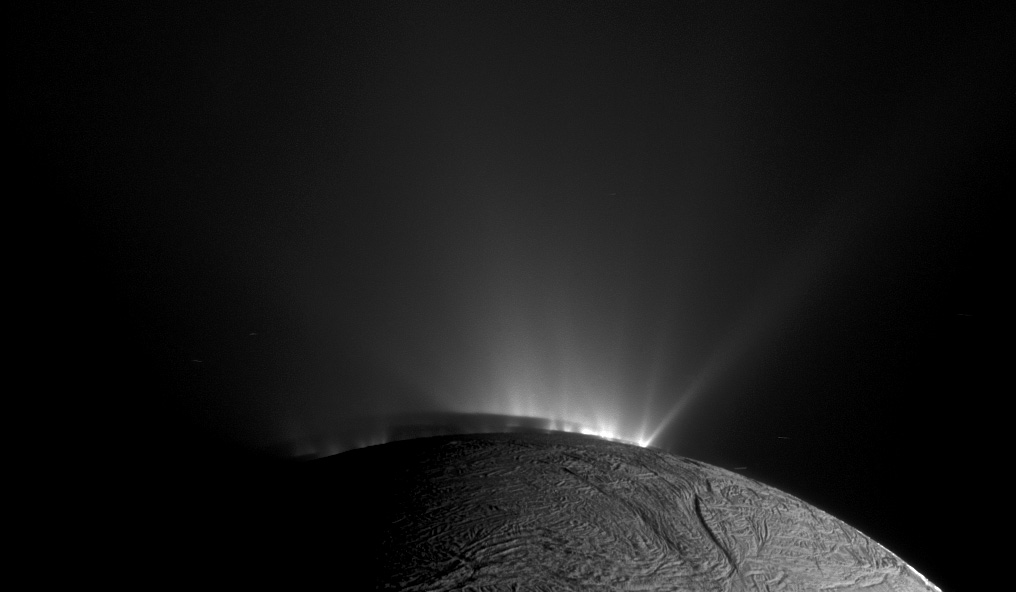
In the next decade, space agencies will expand the search for extraterrestrial life beyond Mars, where all of our astrobiology efforts are currently focused. This includes the ESA’s JUpiter ICy moon’s Explorer (JUICE) and NASA’s Europa Clipper, which will fly past Europa and Ganymede repeatedly to study their surfaces and interiors. There’s also NASA’s proposed Dragonfly mission that will fly to Titan and study its atmosphere, methane lakes, and the rich organic chemistry happening on its surface. But perhaps the most compelling destination is Enceladus and the lovely plumes emanating from its southern polar region.
Since the Cassini mission got a close-up look at these plumes, scientists have been aching to send a robotic mission there to sample them – which appear to have all the ingredients for life in them. This is not as easy as it sounds, and there’s no indication flying through plumes will yield intact samples. In a recent paper, researchers from the University of Kent examined how the velocity of a passing spacecraft (and the resulting shock of impact) could significantly affect its ability to sample water and ice within the plumes.
Continue reading “What Can We Learn Flying Through the Plumes at Enceladus?”Since Aliens Obey the Laws of Physics, Can We Guess What They Look Like?
Since time immemorial, humans have gazed up at the stars and wondered if we’re alone in the universe. We have asked if there are other intelligent beings out there in the vastness of the cosmos, also known as extraterrestrial intelligence (ET). Yet, despite our best efforts, we have yet to confirm the existence of ET outside of the Earth. While the search continues, it’s fair to speculate if they might look “human” or humanoid in appearance, or if they could look like something else entirely. Here, we present a general examination and discussion with astrobiologists pertaining to what ET might look like and what environmental parameters (e.g., gravity, atmospheric makeup, stellar activity) might cause them to evolve differently than humans.
Continue reading “Since Aliens Obey the Laws of Physics, Can We Guess What They Look Like?”The Most Compelling Places to Search for Life Will Look Like “Anomalies”
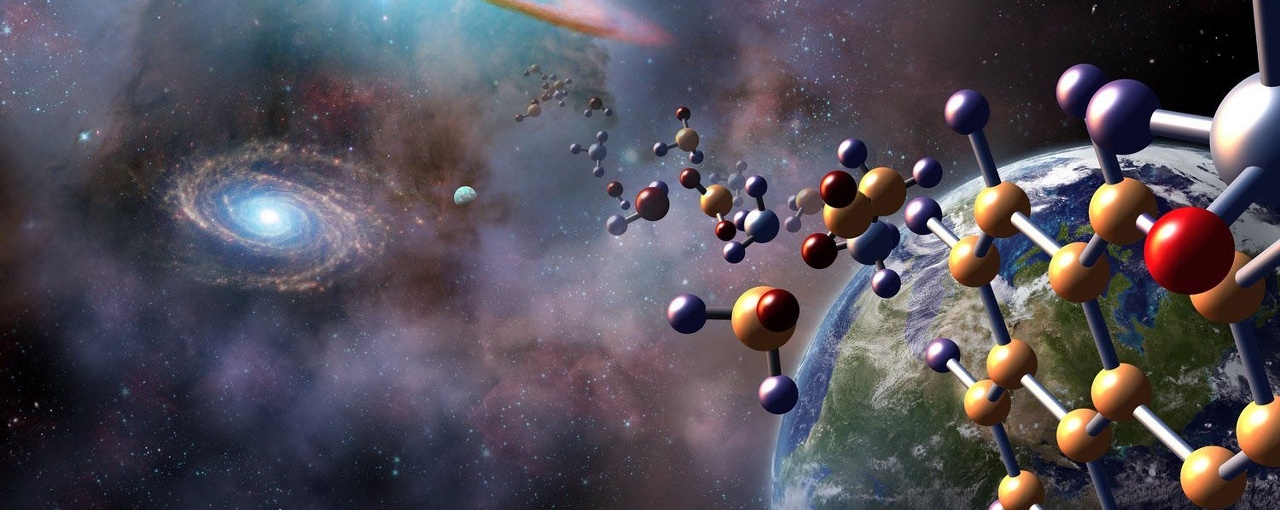
In the past two and a half years, two next-generation telescopes have been sent to space: NASA’s James Webb Space Telescope (JWST) and the ESA’s Euclid Observatory. Before the decade is over, they will be joined by NASA’s Nancy Grace Roman Space Telescope (RST), Spectro-Photometer for the History of the Universe, Epoch of Reionization, and Ices Explorer (SPHEREx), and the ESA’s PLAnetary Transits and Oscillations of stars (PLATO) and ARIEL telescopes. These observatories will rely on advanced optics and instruments to aid in the search and characterization of exoplanets with the ultimate goal of finding habitable planets.
Along with still operational missions, these observatories will gather massive volumes of high-resolution spectroscopic data. Sorting through this data will require cutting-edge machine-learning techniques to look for indications of life and biological processes (aka. biosignatures). In a recent paper, a team of scientists from the Institute for Fundamental Theory at the University of Florida (UF-IFL) recommended that future surveys use machine learning to look for anomalies in the spectra, which could reveal unusual chemical signatures and unknown biosignatures.
Continue reading “The Most Compelling Places to Search for Life Will Look Like “Anomalies””Fatty Acids Might Exist in Space
A team of physicists have discovered that the environment of a molecular cloud in interstellar space can support the existence of fatty acids, a key component of life on Earth.
Continue reading “Fatty Acids Might Exist in Space”Forget the Habitable Zone – We Need to Find the Computational Zone
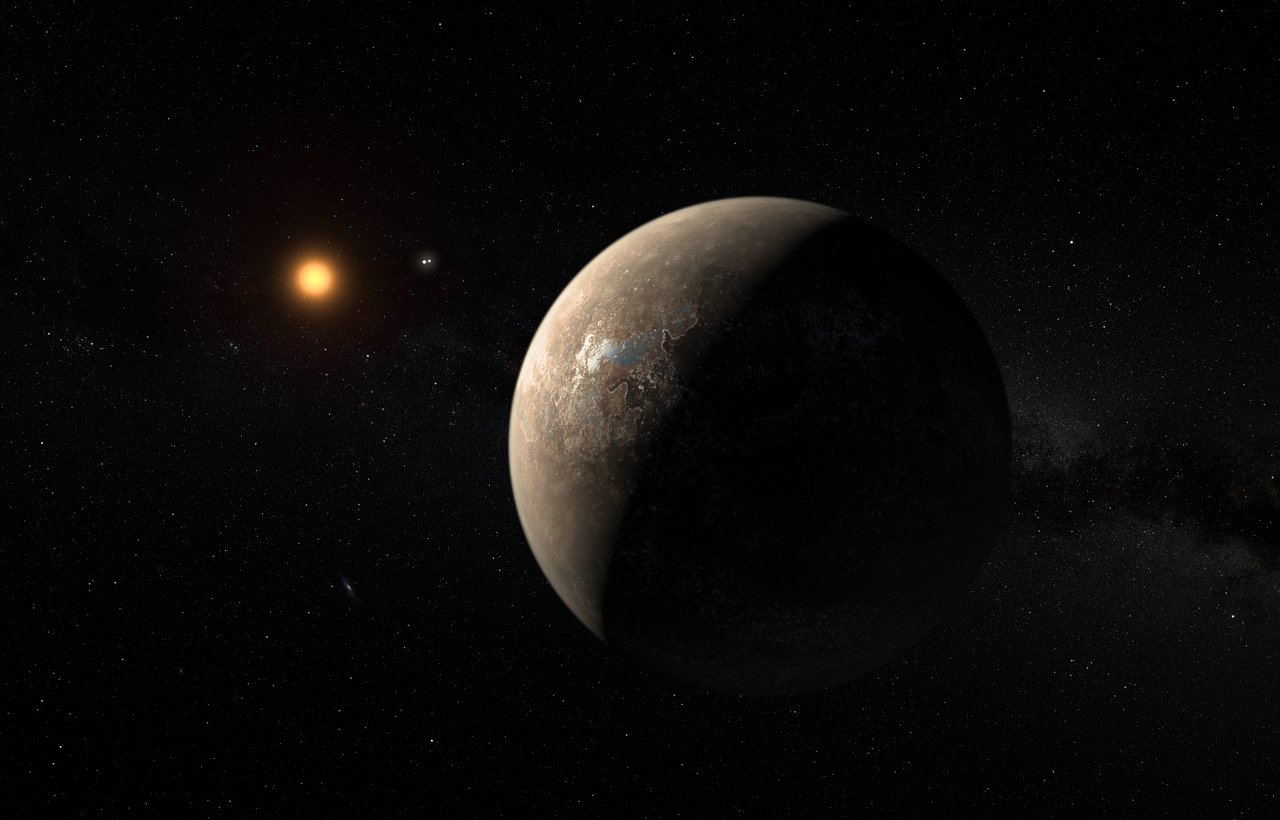
Astronomers are currently searching for signs of life in the “habitable zones” of nearby stars, which is defined as the band around a star where liquid water can potentially exist. But a recent paper argues that we need to take a more nuanced and careful approach, based not on the potential for life, but the potential for computation.
Continue reading “Forget the Habitable Zone – We Need to Find the Computational Zone”Why ‘Contact’ still resonates after 25 years

25 years ago, the film Contact made its theatrical debut starring Jodie Foster and Matthew McConaughey and told the story of Dr. Eleanor Arroway (Jodie Foster) who picked up a radio signal from the star Vega and how this discovery impacted not just herself, but humanity as a whole. Over time, she discovers the signal has embedded instructions sent by the aliens to build a device capable of sending one person into outer space, presumably to meet the Vegans.
Continue reading “Why ‘Contact’ still resonates after 25 years”


